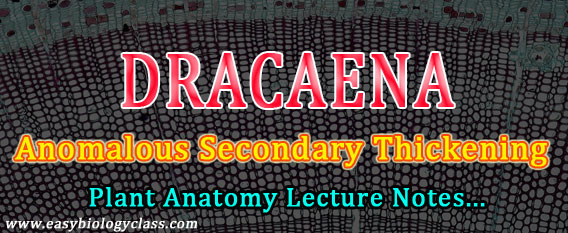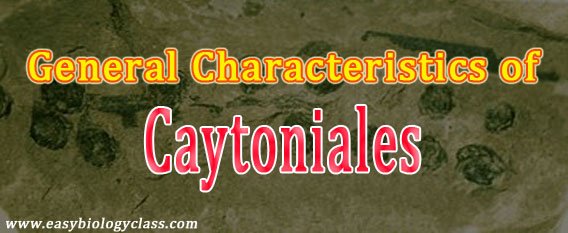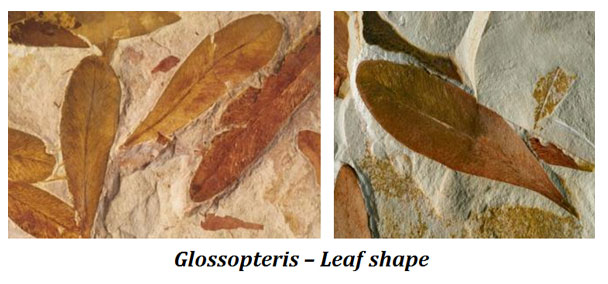Secondary thickening in monocot plants is a rare phenomenon that occurs in only a few species, such as Dracaena, Yucca, and Agave. Unlike most monocots, which exhibit limited or no secondary growth, these plants have the ability to produce new vascular tissues and increase their stem girth over time. Interestingly, […]
Continue ReadingCategory Archives: Botany
Caytoniales General Characteristics
What are Caytoniales? Ø Caytoniales were a small group of extinct Gymnospermic plants. Ø First described by Hamshaw Thomas in 1925 from the late Triassic period. Ø Caytonia is a berry-like cupules with numerous small seeds. Examples of Caytoniales Ø Leaves: Sagenopteris Ø Microsporophylls: Caytonanthus Ø Megasporophylls: Caytonia and Gristhorpia […]
Continue ReadingGlossopteridales and Glossopteris- General Characteristics
Glossopteridales and Glossopteris Ø Glossopteridales included an extinct group of seed plants (Gymnosperms). Ø They were originated during the Permian period on the Gondwana Continent. Ø They became the dominant vegetation in the Permian period. Ø They extinct completely by the end of the Triassic period. Ø The order name […]
Continue ReadingCitrus Canker PPT
Citrus Canker PPT: Symptoms of Citrus Canker, What is the Symptoms and Causal Organism of Citrus Canker Disease, Disease Cycle (Etiology) and Control Measures of Citrus Canker, Economic Loss due to Citrus Canker, Xanthomonas citri. Learn more: Note on Citrus Canker The preview of the PPT on Citrus Canker will […]
Continue ReadingBlast Disease of Paddy PPT
Blast Disease of Rice PPT: Symptoms of Paddy Blast, What is the Causal Organism of Paddy Blast Disease, What is the Causal Organism of Blast of Paddy, Disease Cycle (Etiology) and Control Measures of Blast Disease of Paddy. Learn more: Note on Blast Disease of Paddy The preview of the […]
Continue Reading



